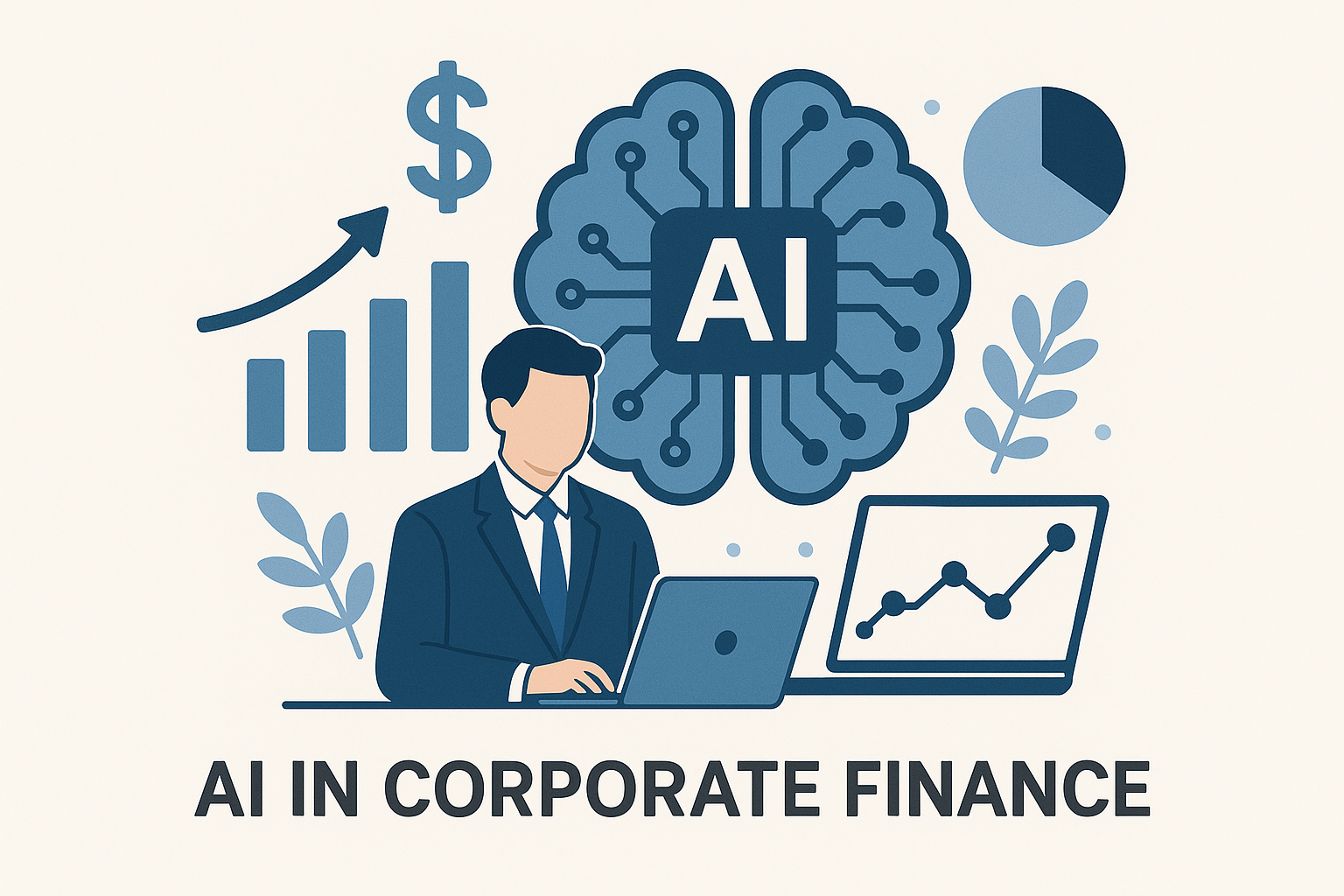Utilizing an AI-Powered Tool for Financial Planning and Analysis: Enhancing Forecasting and Scenario Planning in Corporate Finance
This study tests AI models for revenue forecasting and finds that without business-specific data, even advanced tools fall short. It highlights the need for richer datasets, strong data governance, and ongoing updates to improve accuracy.

Topic
This research explores the limits of traditional revenue forecasting methods in a fast-changing business environment, using the Singapore branch of a global IT consulting company as a real-world case study. The study tested three forecasting approaches - ARIMA, Prophet, and XGBoost combined with Monte Carlo simulation - on five years of company revenue data, alongside macroeconomic indicators like GDP growth, interest rates, and inflation. The aim was to see whether AI-based models could deliver more accurate and adaptable forecasts than the current static methods.
Relevance to practitioners
For FP&A teams, accurate forecasting is critical for making the right business and investment decisions. AI models such as Prophet and XGBoost can recognise complex patterns and simulate different future scenarios. However, the findings show that without rich, business-specific data—such as project pipeline details, client concentration, and contract milestones—even the most advanced models will struggle to predict accurately.
Results
When applied to 2024 revenue forecasting, all three models posted high error rates and negative R² values, meaning they performed worse than simply predicting the average. The main reason was a major shift in client contracts and project timelines in 2024, which could not be captured from historical data. This revealed a critical gap: the models lacked the contextual features needed to reflect business reality.
Implications for practitioners
- Add business-specific data: Include project pipeline metrics, contract terms, and client segmentation to give models more context.
- Look beyond single numbers: Use AI tools to highlight trend direction and potential ranges, which can be just as valuable for planning.
- Keep models updated: Build a feedback loop that integrates new data quickly to improve accuracy over time.
- Invest in data quality: Strengthen governance to ensure data from different teams is consistent, complete, and ready for modelling.
Methods
Following the CRISP-DM process, the study combined internal monthly revenue data for 46 clients (2020–2024) with macroeconomic data from the World Bank. Data cleaning and integration were done using Python’s Pandas and NumPy. Models were trained on 2020–2023 data and tested on 2024 results, with accuracy measured using Mean Absolute Error (MAE), Root Mean Squared Error (RMSE), and R². XGBoost forecasts were also run through Monte Carlo simulation to model best- and worst-case scenarios.
